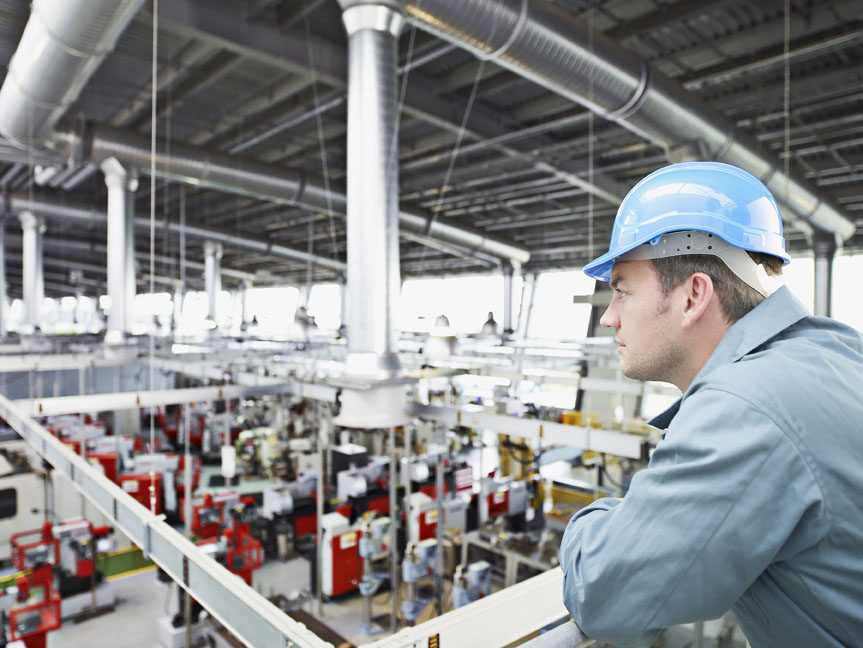Industrial facilities today don’t have to be new in order to be efficient
Leading facility owners and operators are retrofitting existing facilities into models of efficiency and sustainability. Industrial facility retrofits are investments in efficient technologies that span all facility systems, including lighting, facility envelope, and HVAC. While most facility owners still pursue single technology improvements, market leaders bundle together energy saving technologies in a more comprehensive approach to get deeper savings and greater lifecycle value. 
Challenges for facility leaders are complex
Facility leaders recognize that industrial retrofits are largely about managing risk. Each facility project is unique and distinctive. Implementing a retrofit while protecting the production capabilities within the operation creates high visibility and requires a very clearly defined plan. Minimizing and eliminating all business interruption is always a top priority. It is also essential to protect the organization and meet or exceed all regulatory mandates to ensure safety for people. Facilities leaders seek trusted advisors and working arrangements that are in sync with all regulatory guidelines for facility compliance. This complexity can result in a built-in resistance to efficiency retrofits and change. For this reason, facility retrofits are often conducted in a reactive versus a proactive mode. “Like-for-like” system replacements are the most expedient directive when reacting to a facility system failure or needed upgrade. However, with superior options available, these short-term decisions can result in not only higher upfront costs but also dramatically higher operational costs and shorter total lifecycle of systems selected.
Aging mechanical systems and equipment require asset-replacement planning
Various aging facilities systems drive more frequent routine maintenance and require more people resources to maintain, which increases operating cost. Aging facility assets are a reality. Planning for and developing a methodical aged asset replacement strategy requires leadership planning and trusted partner relationships in order to benefit from system expertise applicable to your unique facility requirements.
Systems interdependence impacts scalability
Industrial facilities evolve over time to reflect the changing needs of growing industries, modern equipment and processes, and other economic trends. In many instances, current production systems and technologies barely resemble their original form. Their supporting systems are often overlooked. As production systems change, there is a direct interdependence to process loads and exhaust systems. When HVAC systems are overlooked, this can cause inadequate makeup air, negative pressure problems, cold spots, and overall poor comfort levels. Furthermore the infrastructures of these aged industrial facilities typically resemble single systems that serve multiple functions, thus hindering their ability to scale their production rapidly and efficiently. Facility leaders are left with difficult decisions when incremental changes in production capacity become less cost-effective because of inadequate, interdependent systems. Facility leaders have many reasons to seek functional expertise and consultation to build proactive plans:
- The need to meet or exceed corporate energy reduction mandates
- To exceed production capacity metrics
- In order to provide labor with ideal environment conditions: people comfort, productivity, and facility thermal condition requirements
- To meet all facility safety regulations
Facility HVAC systems support improved process and production capacity
Facility leaders considering industrial retrofits of HVAC systems recognize the value of:
- Rapid ROI – multi-level corporate approvals
- System reliability and durability
- Lifecycle cost
- Standardization for proactive management and metrics
- Integration with building automation systems
- Production and process applications of HVAC systems
I hope you find this blog topic interesting and would love to hear your feedback and comments on the subject.